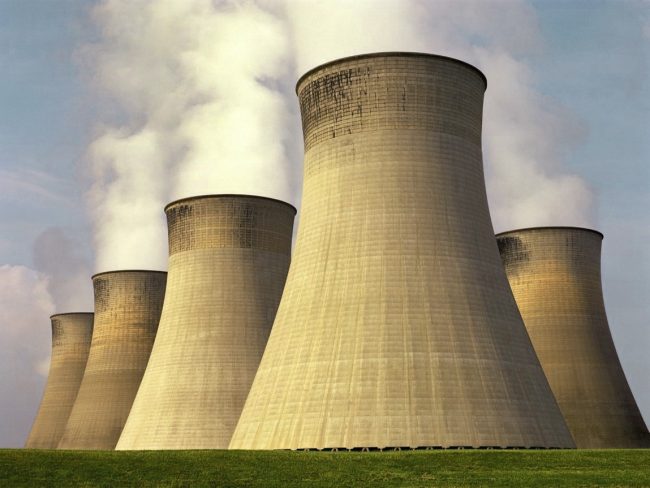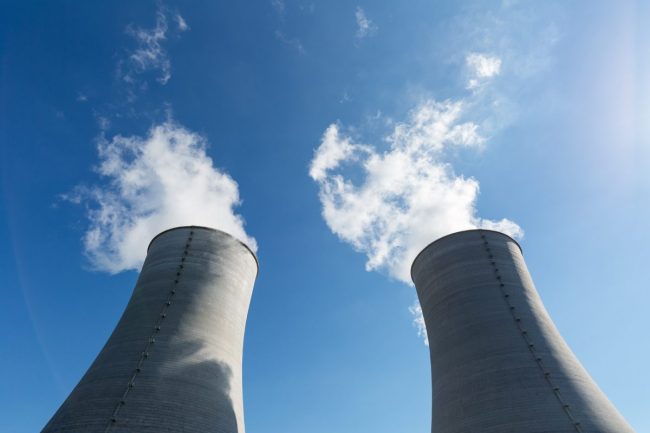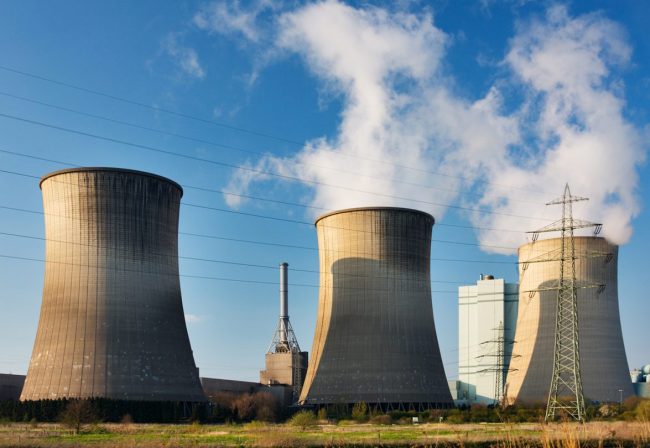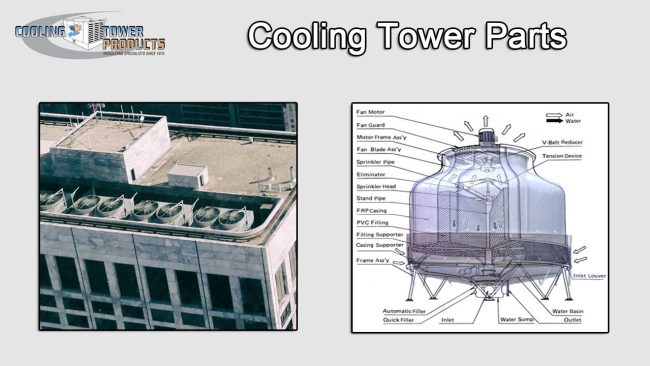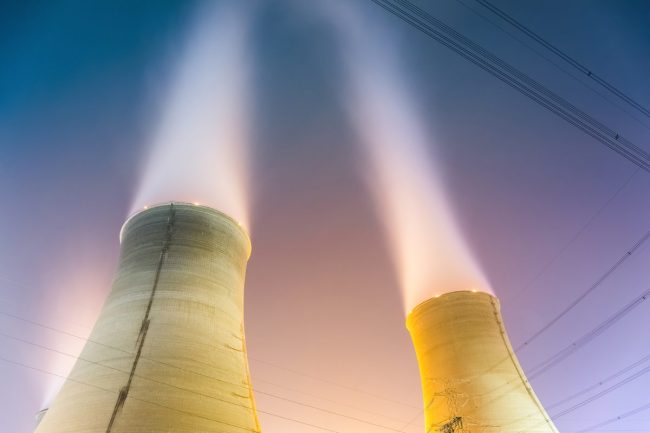Are Cooling Towers Safe?
Cooling towers, when properly maintained and operated, are generally considered safe. However, like any mechanical system, they do pose some risks if not managed correctly. Here are some factors to consider regarding the safety of cooling towers: Overall, cooling towers can be safe when managed effectively and maintained according to industry standards and regulations. Regular…

